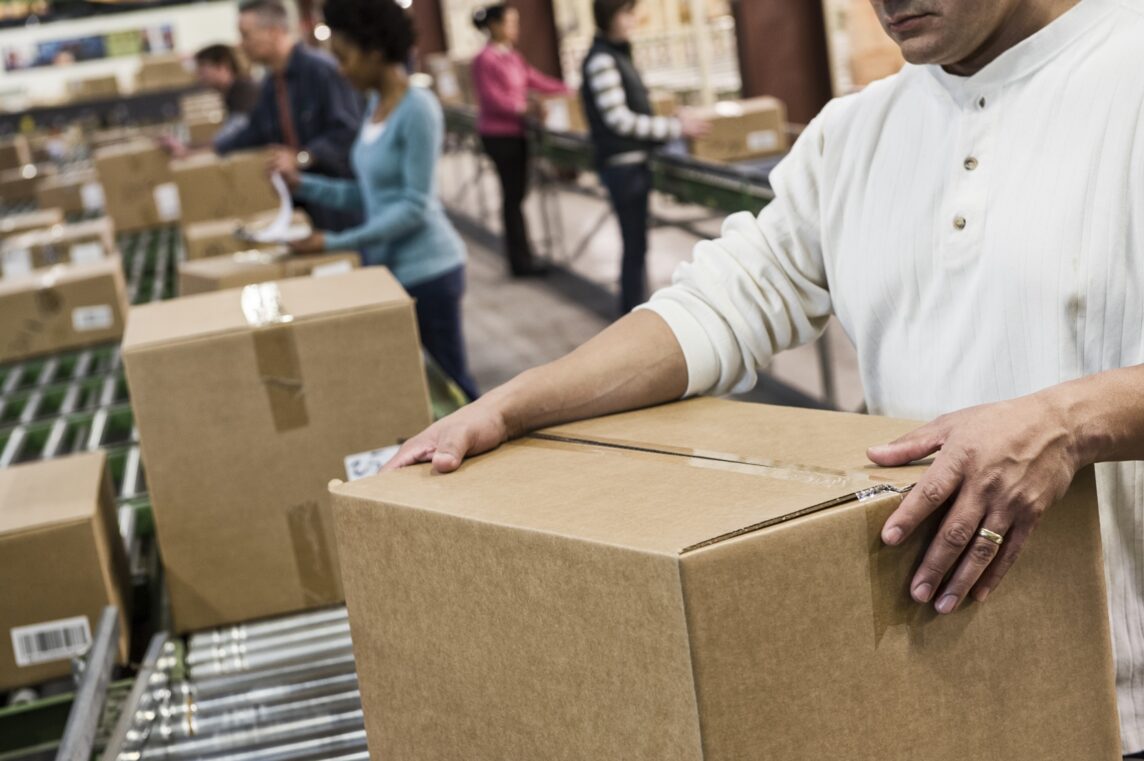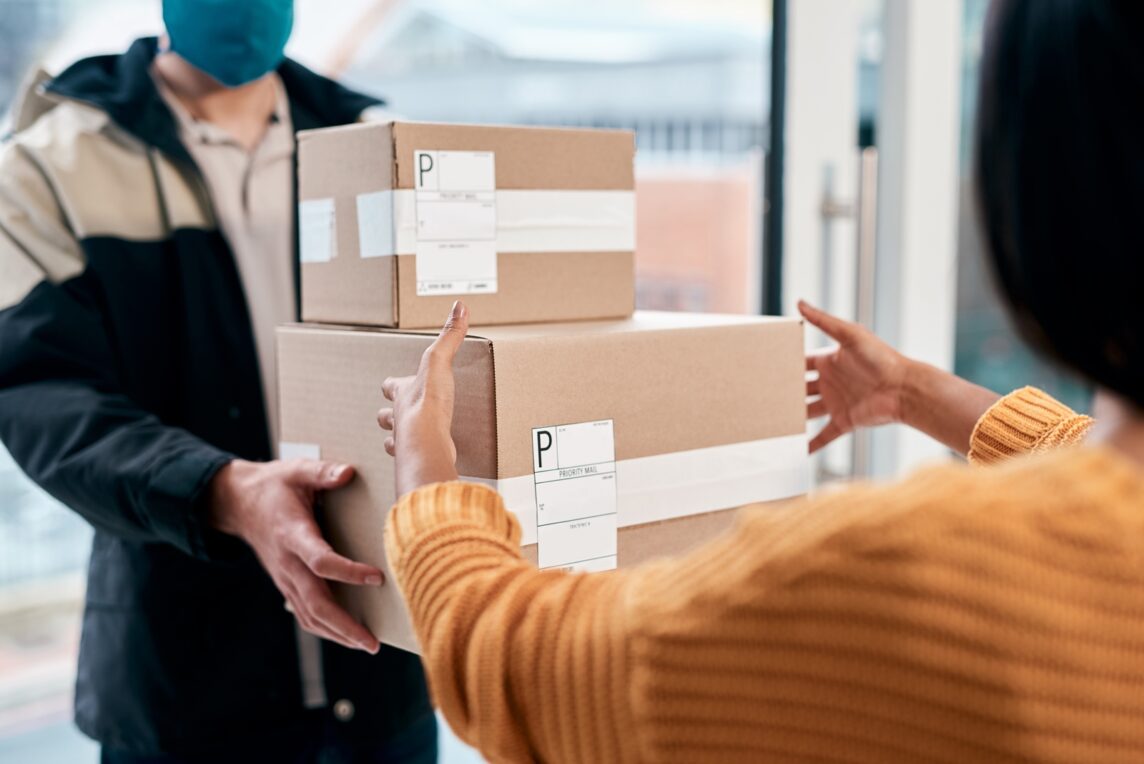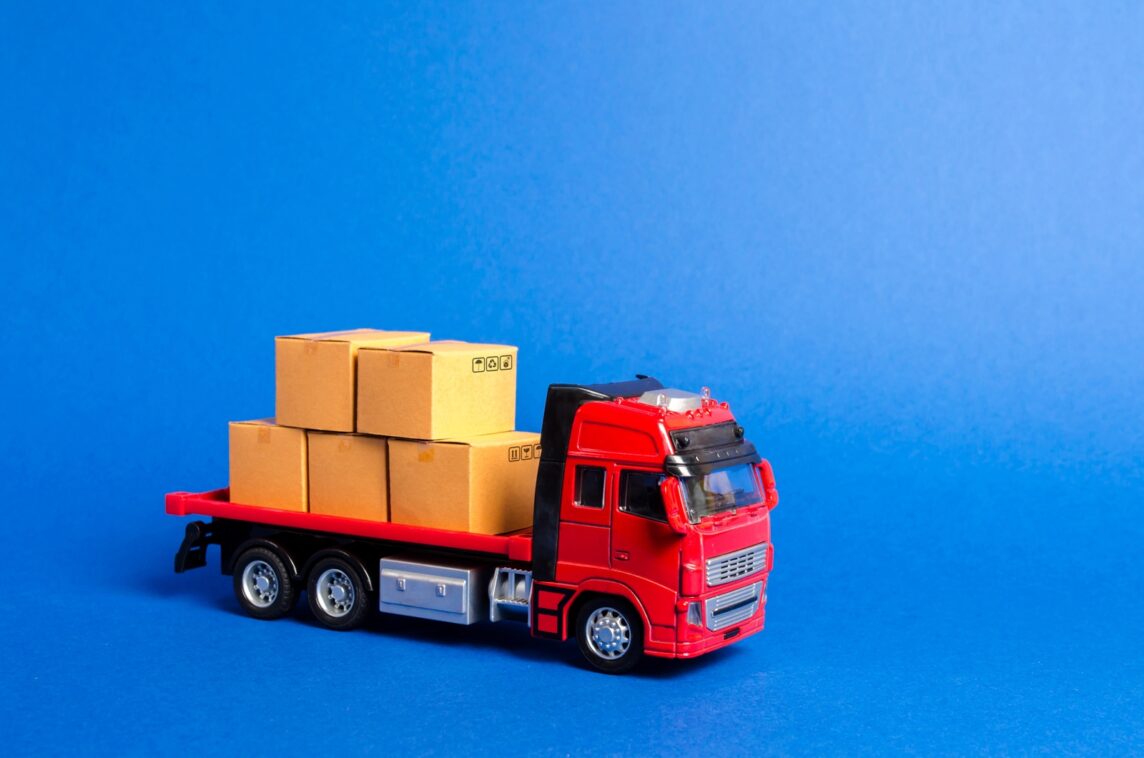When was the last time you received a tiny product buried in a huge box? Maybe it was a USB drive in a box big enough to hold a laptop or cosmetics cushioned by enough packing peanuts to fill a small swimming pool. This isn’t just an inconvenience for customers; it’s a costly mistake businesses make every day. Oversized packaging might seem like a minor issue, but it chips away at profits, hurts the environment, and affects operational efficiency.
If you’re running a business and shipping products, you’re likely absorbing these hidden packaging costs without even realizing it. This blog will uncover the financial and logistical impact of inefficient packaging and show you the benefits of choosing the right sized packaging.
Dimensional Weight Pricing
Shipping carriers like FedEx and UPS don’t just charge by the weight of your package; they also calculate costs based on its volume. This pricing model, called dimensional weight (DIM) pricing, factors in the space a package occupies in a truck or plane. DIM pricing was introduced to maximize transportation efficiency and encourage businesses to use packaging wisely.
The formula for DIM pricing generally looks like this:
Dimensional Weight = (Length x Width x Height) / DIM Factor
If the dimensional weight is greater than the actual weight, you’ll be charged accordingly. For instance, a lightweight pillow in a large box could cost more to ship than a dense stack of books in a compact package.
This misstep may go unnoticed until you find yourself paying unnecessarily high shipping fees month after month. Understanding DIM pricing is not just a nice-to-have; it’s a necessity. Businesses must evaluate package dimensions for all shipments to cut unnecessary costs and improve scalability.
The Drain of Wasted Materials
Ever opened a box filled with endless packing peanuts or oversized air pillows? While these materials protect the product during transit, they come with direct and hidden costs:
- Material Costs: Void fillers like foam, paper, or air pillows add up, especially for businesses handling high volumes of orders.
- Storage Costs: Storing large quantities of these materials in your warehouse consumes valuable space.
- Labor Costs: Employees spend extra time assembling and filling packages, reducing their productivity.
Similarly, using oversized boxes might seem harmless, but the costs stack up quickly. Larger boxes are more expensive to purchase in bulk and they also require more shelving space in your warehouse. Plus inefficient packaging is less eco-friendly, which can harm your brand image among eco-conscious consumers.
Ill-fitting packaging is also a leading cause of damaged products during transit. When items shift inside oversized boxes, they are more likely to arrive broken or scratched.
Inefficient Logistics: A Ripple Effect
When you ship oversized packages, you’re not just wasting packaging materials; you’re wasting expensive space. Fewer oversized packages fit onto a pallet or truck and this often leads to more frequent shipping runs, requiring additional fuel and labor costs.
Storing oversized boxes or poorly packed goods can also affect supply chain efficiency, creating operational bottlenecks and complications with last-mile delivery, including:
- A cluttered warehouse layout due to the large footprint of inventory.
- Slower picking and packing processes due to bulky packaging.
- Increased labor costs to manage the inefficiencies.
- Difficulty handling oversized items.
- Potential delivery surcharges or failed deliveries due to restrictions on package sizes.
The Solution to Oversized Packaging
Packaging optimization involves tailoring your packaging to match the dimensions and fragility of the product. It’s not just about using smaller boxes; it’s about optimizing internal packaging and choosing custom solutions where necessary.
Here’s how to implement right-sizing in your business:
- Packaging Audits: Regularly evaluate your packaging to identify inefficiencies.
- Packaging Optimization Software: Tools like Packsize or Piecemeal can calculate the exact box size and void-fill requirements for each product.
- Custom Solutions: Where off-the-shelf options fall short, work with suppliers to design custom and sustainable packaging.
- Employee Training: Educate your team on right-sizing best practices to ensure consistent packing.
- Supplier Collaboration: Discuss your needs with packaging suppliers to create cost-effective, right-sized solutions.
The Benefits of Right-Sizing
By investing in the right-sized packaging, your business can:
- Reduce shipping costs by cutting DIM fees.
- Lower material costs for boxes and void-fill supplies.
- Maximize truckloads, pallets, and warehouse space, boosting logistics efficiency.
- Enhance customer satisfaction with damage-free items and better unboxing experiences.
- Build a sustainable brand image, appealing to environmentally conscious consumers.
Packaging Smarter to Stay Competitive: Trust APS Fulfillment, Inc.
Oversized packaging might seem harmless, but it carries significant hidden costs—from higher shipping fees to wasted materials to inefficient operations. On the other hand, right-sizing provides not only immediate savings but also long-term benefits like operational efficiency and customer loyalty.
At APS Fulfillment, Inc., we offer full-service e-commerce fulfillment out of Miami that includes a variety of packaging options for your customers. Get in touch with us today to learn how oversized packaging impacts your profits. To book a consultation, call (954) 582-7450 or email [email protected].











